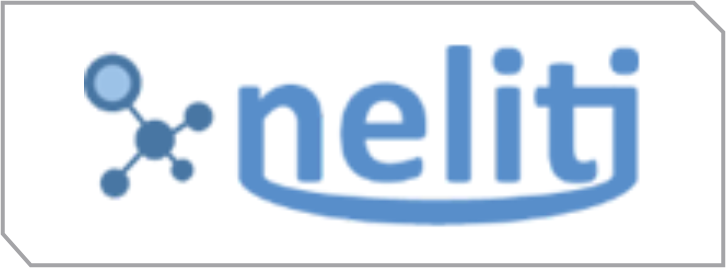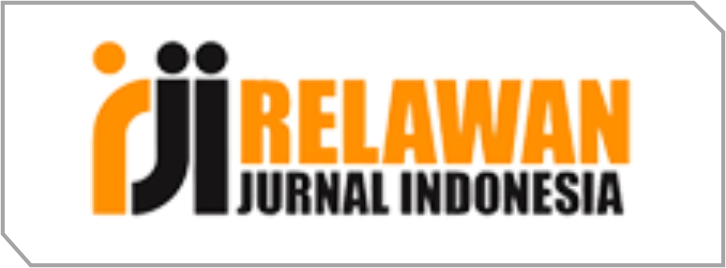The Integration of Gamification in Digital Marketing Strategies at Bibit
DOI:
https://doi.org/10.53748/jmis.v3i3.62Keywords:
Gamification, Digital marketing, User engagement, Financial literacy, Mobile marketingAbstract
Purpose - This research aims to explore the integration of gamification into digital marketing strategies to enhance user engagement and increase the adoption of the Bibit investment application. By incorporating game mechanics into Bibit’s marketing strategy, the study seeks to design a gamification model that fosters long-term user interaction, encourages frequent investment, and promotes financial literacy. Research Methodology - The research employs a qualitative methodology, consisting of a multi-step process that includes business needs analysis, an extensive literature review, the design of a gamification strategy, and a simulation followed by Focus Group Discussions (FGD) with target users. The effectiveness of the gamification strategy was evaluated based on user feedback and engagement metrics collected during the simulation and FGDs. Findings - The findings indicate that gamification significantly increases user engagement and investment frequency on the Bibit platform. The integration of daily missions, rewards, and social sharing features not only motivates users to interact more frequently with the app but also enhances their understanding of financial concepts. The social sharing feature also amplifies Bibit's brand visibility, contributing to an increase in new user acquisition. Novelty - This study contributes to the existing body of literature by applying gamification in the financial sector, specifically within an investment platform, which remains an under-explored area. The research provides a novel perspective on how game mechanics, typically associated with entertainment and retail, can be effectively utilized to make financial activities more engaging and approachable for users, particularly millennials.Research Implications - The study's findings suggest that gamification can serve as an effective digital marketing strategy for investment platforms, promoting sustained user engagement and financial literacy. This research has practical implications for developers of financial applications and marketers in the fintech industry, offering insights into how game mechanics can be tailored to enhance user experiences and drive business growth. Future research should explore the scalability of gamification across other sectors and its long-term impact on user retention and financial behavior.
Downloads
References
Al-Afifi, A. A. M., Yasmin, A., Tasneem, S., & Fatema, K. (2015). international-journal-of-management-science-and-business-administration International Journal of Management Scie... Kathakali phouzder International Journal of Management Science and Business Administration Effectiveness of Digital Marketing in the Challenging Age: An Empirical Study. International Journal of Management Science And Business Administration, 1(5), 69–80.
Burhan, F. A. (2021). Kelola Dana Investasi Rp 5 Triliun, Startup Bibit Gaet Bank Jago. Katadata.Com.
Hofacker, C. F., de Ruyter, K., Lurie, N. H., Manchanda, P., & Donaldson, J. (2016). Gamification and Mobile Marketing Effectiveness. Journal of Interactive Marketing, 34, 25–36. https://doi.org/10.1016/j.intmar.2016.03.001
Huotari, K., & Hamari, J. (2017). A definition for gamification: anchoring gamification in the service marketing literature. Electronic Markets, 27(1), 21–31. https://doi.org/10.1007/s12525-015-0212-z
Kamus Besar Bahasa Indonesia. (2022). Pengertian Investasi. Kamus Besar Bahasa Indonesia.
Kementrian Investasi. (2021). Pentingnya Peran Investasi dalam Pertumbuhan Ekonomi Indonesia di Kala Pandemi.
Khan, M. S., Mahapatra, S. S., & Sreekumar, N. A. (2009). Service quality evaluation in internet banking: an empirical study in India. International Journal of Indian Culture and Business Management, 2(1), 30. https://doi.org/10.1504/ijicbm.2009.021596
KSEI. (2022). Demografi Investor. KSEI.
Landers, R. N., Tondello, G. F., Kappen, D. L., Collmus, A. B., Mekler, E. D., & Nacke, L. E. (2019). Defining gameful experience as a psychological state caused by gameplay: Replacing the term ‘Gamefulness’ with three distinct constructs. International Journal of Human Computer Studies, 127, 81–94. https://doi.org/10.1016/j.ijhcs.2018.08.003
Lawrence, S., Deshmukh, S., & Navajivan, E. (2018). A COMPARATIVE STUDY OF DIGITAL MARKETING VS TRADITIONAL MARKETING.pdf. IIBM’s Journal of Management Research, 3(1), 112–121.
Midtrans. (2022). Gamification dalam Digital Marketing: Apa dan Bagaimana Penerapannya? Midtrans.Com.
Sidik, S. (2021). Jumlah Investor RI Capai 6,43 Juta, Didominasi Kaum Milenial. Cnnindonesia.Com.
Situmorang, R. T. (2020). Peningkatan Transaksi Reksa Dana di Bibit Didukung oleh Kemudahan Transaksi. Bisnis.Com.
Xi, N., & Hamari, J. (2020). Does gamification affect brand engagement and equity? A study in online brand communities. Journal of Business Research, 109(January), 449–460. https://doi.org/10.1016/j.jbusres.2019.11.058
Zichermann, G., & Cunningham, C. (2011). Gamification by design: Implementing game mechanics in web and mobile apps. O’Reilly Media, Inc.
Downloads
Published
How to Cite
Issue
Section
License
Copyright (c) 2023 Journal of Multidisciplinary Issues

This work is licensed under a Creative Commons Attribution 4.0 International License.
Authors retain copyright and grant the journal right of first publication with the work simultaneously licensed under a Creative Commons Attribution 4.0 (CC 4.0) that allows others to share the work with an acknowledgement of the work's authorship and initial publication in this journal.
Authors are able to enter into separate, additional contractual arrangements for the non-exclusive distribution of the journal's published version of the work (e.g., post it to an institutional repository or publish it in a book), with an acknowledgement of its initial publication in this journal.


















